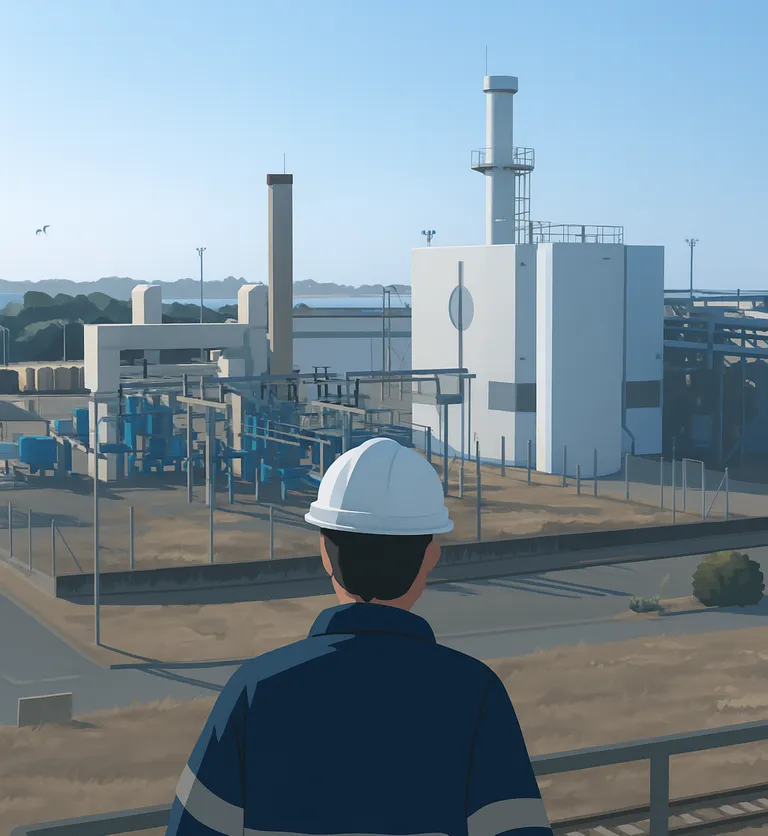🌍 Global Demand, Local Dilemmas
Rare earth elements — crucial for smartphones, electric vehicles, military systems, and green technologies — are not actually that rare. They exist in small quantities across the globe. The problem? They're extremely difficult and costly to mine and refine without harming the environment.
🇨🇳 China’s Dominance and Why It Matters
Currently, China dominates the rare earth market, not because they own the majority of the planet’s supply, but because they chose to absorb the cost — environmentally and economically. The result? Low prices and global dependency. But that’s changing.
“Depending on China for these resources was a choice. It kept costs low and pollution far away from the West.” — Source: NYT
💡 A Global Pivot
Countries like the U.S., France, and Australia are now exploring cleaner, domestic rare earth production. These efforts aim to:
- Build national security
- Reduce pollution outsourcing
- Foster green energy independence
But there’s a catch — the cost.
💰 The Price of Independence
Developing non-Chinese rare earth supply chains means:
- Higher upfront investment
- Stricter environmental controls
- Slower production scale
And yes, consumers will likely pay more. But the long-term benefits? A cleaner, more secure supply chain for vital technologies.
🔮 What’s Next?
The world can break its dependence on China’s rare earths — but it must be willing to invest. The path to clean energy, ethical sourcing, and tech independence lies through responsible mining and refinement.
By ✍️ Tammy Castillo- MicuPost Team



